
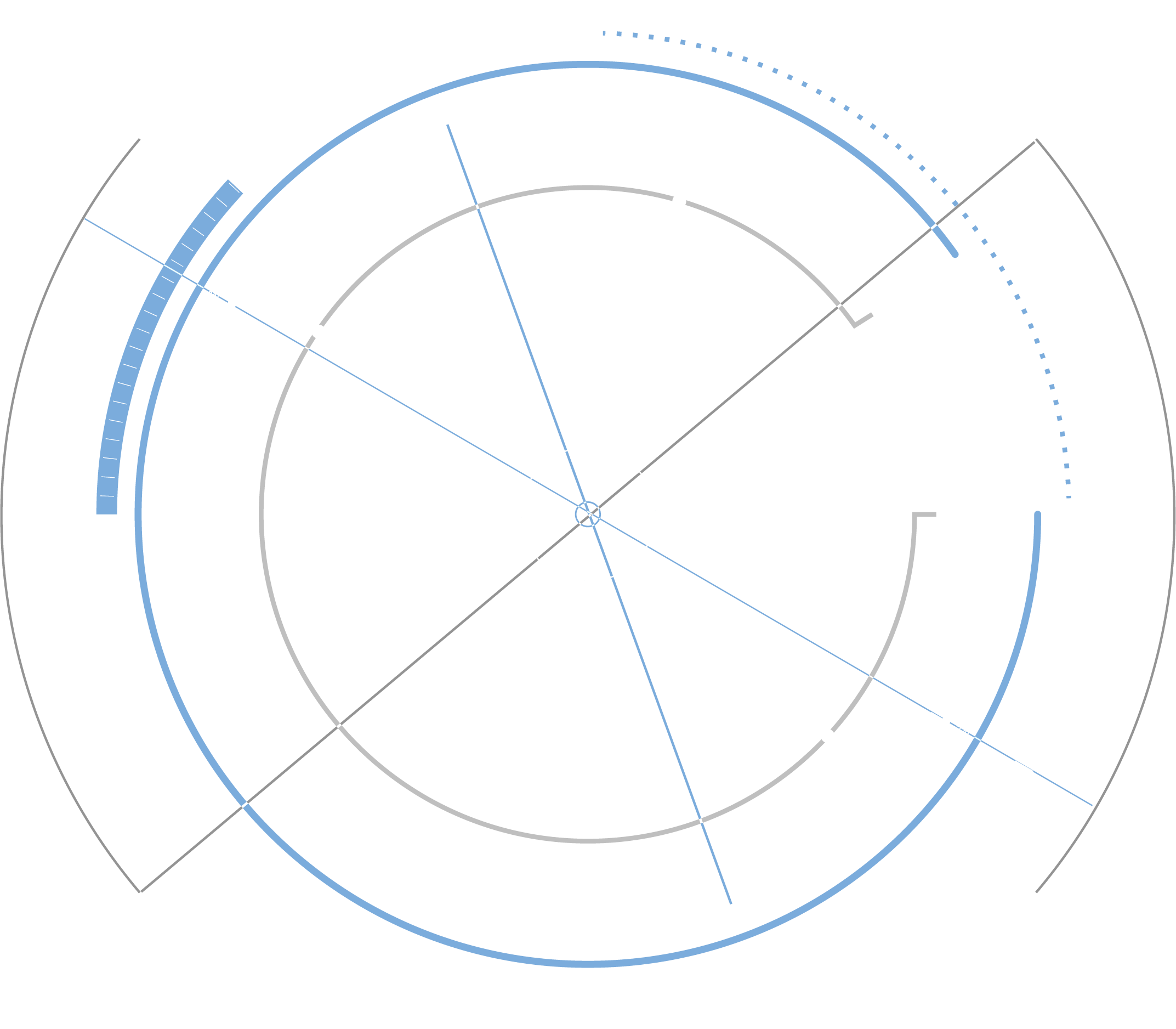
Cataracts form as a natural part of the aging process within the eye. At Mehan Eye, our eye doctors specialize in diagnosing and treating cataracts through cataract surgery so that you can experience clear vision once again.
As other changes occur in your body over time, cataracts develop as your eyes age. As you age, proteins inside your eye’s natural lens begin to break down and clump together.
Although certain factors can cause cataracts to develop earlier in life, most people begin to develop cataracts in their forties to fifties. Cataracts can cause various unwanted symptoms, although you may be able to continue your everyday activities without hindrance during the early stages.
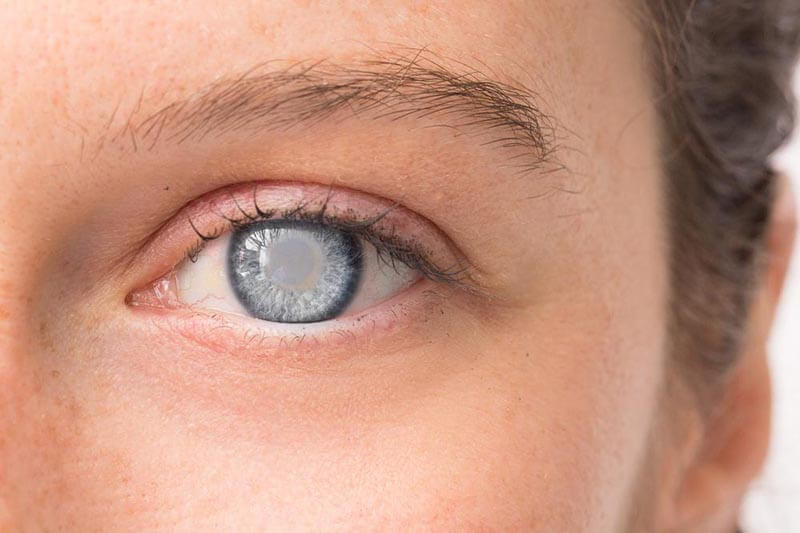
When you are first diagnosed with cataracts, you may be able to combat your symptoms with minor lifestyle adjustments and a change in your glasses prescription. Once your cataracts advance and the symptoms begin to interfere significantly with your daily life, your eye doctor will recommend cataract surgery to restore your vision.
Cataracts typically occur at a similar rate in each eye. It is important to visit your eye doctor at Mehan Eye regularly for eye exams so they can monitor the progress of your cataracts and recommend cataract surgery when necessary.
Cataract symptoms may vary from person to person, and some people may experience more prevalent symptoms than others. Here are some of the most common symptoms of cataracts:
Since cataracts develop gradually over time, so you may not notice a change in your vision immediately. However, if you are experiencing any of these symptoms, schedule an appointment for a cataract evaluation with your cataract specialist.
Cataract surgery is the best treatment for cataracts. At Mehan Eye, our cataract surgeons have extensive experience in this procedure and are dedicated to providing patients with an excellent cataract experience.
Although you may be able to modify your lifestyle or frequently renew your glasses prescription to remedy the unwanted symptoms of cataracts, ultimately, your symptoms will keep worsening until these methods are no longer efficient. Your eye doctor will likely not recommend cataract surgery until the symptoms affect your ability to perform routine tasks like driving, reading, or cooking.
During cataract surgery, your eye doctor will remove your natural lens where the cataract is and replace it with a new artificial IOL. Before cataract surgery, your eye doctor will thoroughly examine your eyes. This examination includes taking detailed eye measurements and discussing your vision goals. This process will help determine which IOL may be best for you.
At Mehan Eye, our cataract surgeons offer a variety of IOL options. Your eye doctor will help you determine an IOL based on your budget, lifestyle, and vision goals.
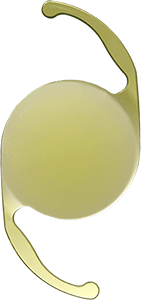
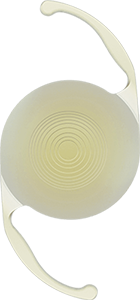
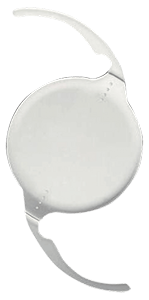
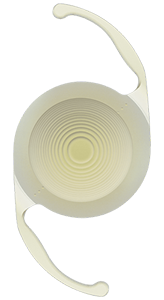
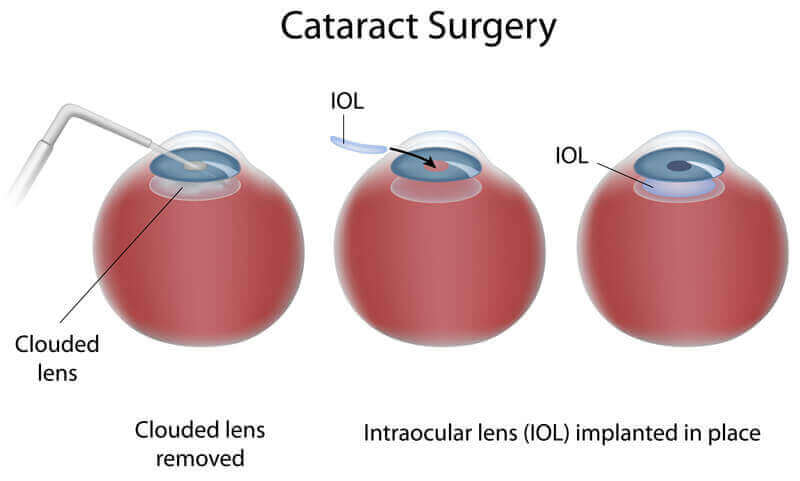
Your eye doctor will require you to organize transport to and from the surgery center on the day of your cataract surgery with a friend or a family member. Although the cataract surgery procedure itself takes less than forty-five minutes, you will need to be at the surgery center for a while longer for preparation and recovery.
Cataract surgery is an outpatient procedure, so you will be able to go home on the day of your cataract surgery. First, your cataract surgeon will place numbing eye drops into your eye.
Next, they will make a tiny incision in the surface of your eye, known as the cornea. This incision is small and will heal naturally during your recovery, often without the need for sutures.
Through this incision, your cataract surgeon will use a special device to break up the cataract and remove the tiny pieces through gentle suction. Once all the fragments of your old lens are removed, they will insert the new IOL and position it in place.
Once the new IOL is in place, the procedure will be complete.